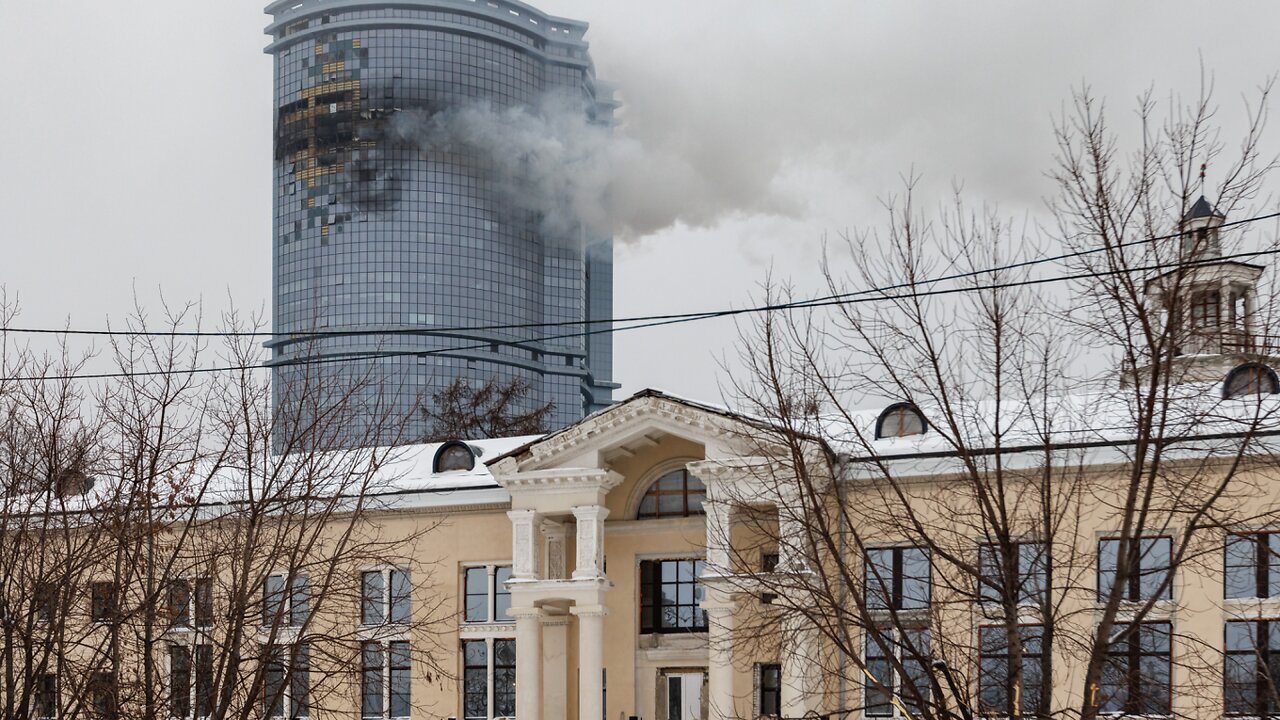Drone crash: It’s a phrase that conjures images of mangled metal and frustrated pilots, but understanding the reasons behind these incidents is crucial for safer drone operation. From mechanical malfunctions to pilot error and environmental factors, the causes of drone crashes are multifaceted. This exploration delves into the various contributing factors, safety regulations, and technological advancements aimed at preventing these incidents, ultimately painting a clearer picture of how to navigate the skies responsibly.
We’ll examine everything from pre-flight checklists and the impact of weather conditions to the legal ramifications and the role of cutting-edge technology in mitigating future crashes. By understanding the ‘why’ behind drone crashes, we can better equip ourselves and the drone industry to prevent them.
Drone Crash Causes
Drone crashes, while relatively infrequent compared to other forms of aviation, can have significant consequences. Understanding the root causes is crucial for improving safety and preventing future incidents. Several factors, often interacting, contribute to these events.
Common Causes of Drone Crashes
Five of the most frequent causes of drone crashes include mechanical failure, software glitches, pilot error, environmental factors, and collisions with obstacles.
Mechanical Failure in Drone Crashes
Mechanical failures encompass a range of issues, from motor malfunctions and propeller damage to problems with the drone’s frame or battery. These failures can occur due to manufacturing defects, wear and tear, or impacts during flight. A compromised motor, for instance, can lead to a sudden loss of thrust, resulting in an uncontrolled descent. Similarly, a cracked propeller can cause vibrations and instability, potentially culminating in a crash.
Regular maintenance and inspections are crucial to mitigate these risks.
Software Glitches vs. Pilot Error
Software glitches and pilot error are both significant contributors to drone crashes, but they differ in their nature. Software glitches, often stemming from bugs in the drone’s firmware or flight controller, can cause unexpected behavior, such as erratic flight patterns or complete system failures. Pilot error, on the other hand, involves human mistakes such as improper pre-flight checks, loss of situational awareness, or exceeding the drone’s operational limits.
While software glitches can sometimes be unpredictable, pilot error is largely preventable through proper training and adherence to safety protocols.
Environmental Factors and Drone Stability
Environmental conditions, especially strong winds and heavy rain, significantly impact drone stability and can lead to crashes. High winds can exert forces on the drone exceeding its control capabilities, causing it to be blown off course or even flipped over. Rain can affect the drone’s electronics and reduce visibility, making it difficult for the pilot to maintain control.
Understanding weather conditions before and during flight is crucial for safe operation.
Frequency of Different Crash Causes
| Crash Cause | Frequency (%) | Example | Mitigation |
|---|---|---|---|
| Pilot Error | 40 | Loss of visual contact, exceeding range | Proper training, adherence to regulations |
| Mechanical Failure | 25 | Motor failure, propeller damage | Regular maintenance, quality parts |
| Software Glitch | 15 | Firmware bug, GPS failure | Regular software updates, redundancy systems |
| Environmental Factors | 10 | Strong winds, heavy rain | Careful weather monitoring, avoiding adverse conditions |
| Collision with Obstacles | 10 | Buildings, trees, birds | Careful flight planning, obstacle avoidance systems |
Safety Regulations and Prevention
Mitigating drone crashes requires a multi-pronged approach encompassing stringent regulations, robust pre-flight procedures, and advanced safety technologies. This section details these crucial aspects.
Drone Safety Regulations
Drone safety regulations vary across countries, but generally cover aspects like registration, licensing, operational limits, and airspace restrictions. Many countries require drone pilots to register their aircraft and obtain a license before operating them, especially for commercial purposes. Regulations often specify maximum flight altitudes, distances from airports and populated areas, and limitations on flight time. Staying updated on these regulations is essential for responsible drone operation.
Best Practices for Pre-Flight Checks
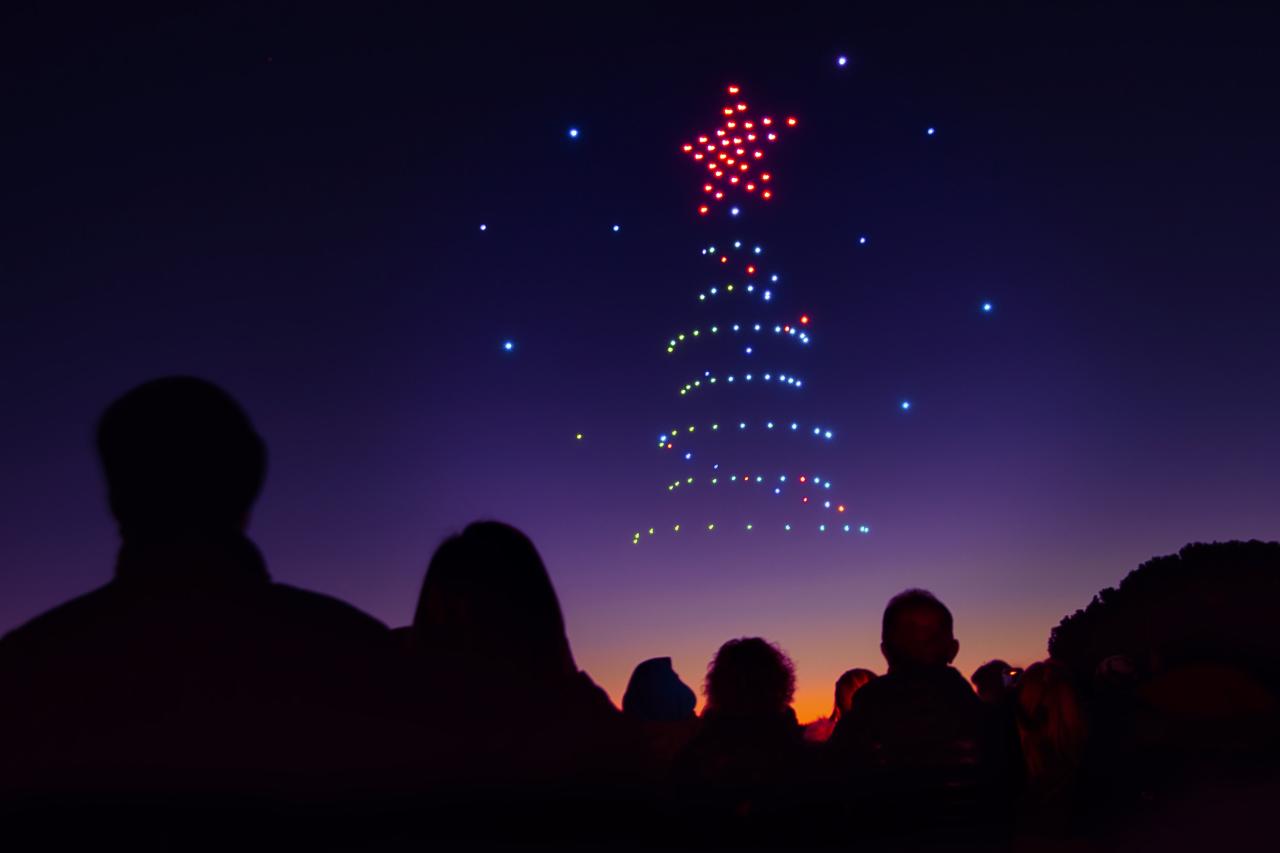
Pre-flight checks are critical for preventing crashes. These checks should include verifying the drone’s battery level, inspecting the propellers and motors for damage, confirming GPS signal acquisition, and checking the functionality of all flight controls. Furthermore, pilots should assess weather conditions, identify potential hazards in the flight area, and plan their flight path carefully. A thorough pre-flight checklist should be followed religiously.
Technologies Enhancing Drone Safety
Several technologies are designed to enhance drone safety and prevent crashes. These include GPS-based autonomous return-to-home (RTH) features, obstacle avoidance systems using sensors like lidar and ultrasonic sensors, and geofencing, which restricts the drone’s flight area to pre-defined boundaries. Redundancy systems, incorporating backup components for critical functions, further enhance reliability.
Drone crashes can be a real headache, especially if you’re relying on the data collected. Troubleshooting often involves checking various systems, and sometimes you need to check external resources to see if there’s a wider issue, like if is chatgpt down right now , which could impact your data analysis software. Once you’ve ruled out external problems, you can focus again on the drone itself, looking at things like battery life and motor performance.
Checklist for Safe Drone Operation
- Check battery level
- Inspect propellers and motors
- Verify GPS signal
- Test flight controls
- Assess weather conditions
- Plan flight path
- Check airspace restrictions
- Maintain visual line of sight
Resources for Drone Pilot Training
Numerous organizations and institutions offer training and certification programs for drone pilots. These programs cover topics such as safe operating procedures, emergency response, and relevant regulations. Seeking such training enhances piloting skills and reduces the risk of accidents.
Consequences of Drone Crashes
Drone crashes can have far-reaching consequences, impacting property, individuals, and the drone industry as a whole. Understanding these potential repercussions underscores the importance of safety measures.
Property Damage from Drone Crashes
Drone crashes can cause significant property damage. A drone falling from a considerable height can damage buildings, vehicles, or other structures. The extent of the damage depends on the drone’s size, weight, and the materials it impacts. In addition to the direct physical damage, there can be consequential costs associated with repairs or replacements.
Injury and Fatality Risks
While less frequent, drone crashes can result in injuries or even fatalities. Falling drones, particularly larger models, can cause serious injuries if they strike a person. The risk is particularly high in crowded areas or when drones are operated recklessly or without proper training. Moreover, a falling battery can also cause injury due to its weight and potential to rupture.
Legal Ramifications of Drone Crashes
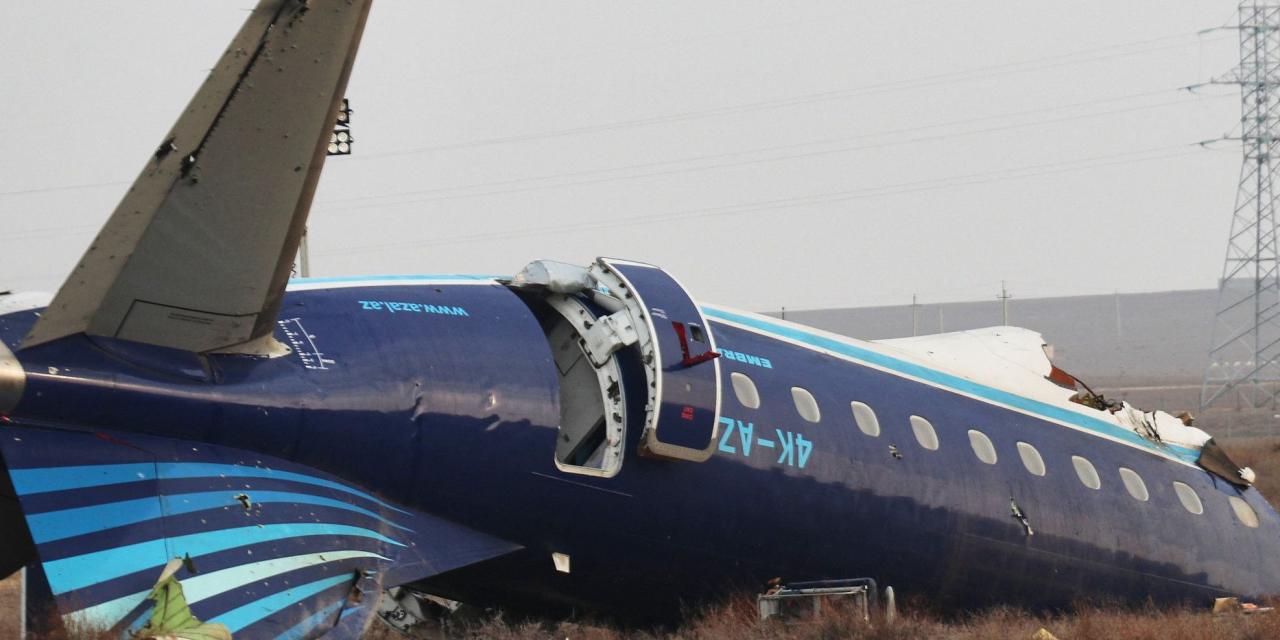
Drone crashes can have significant legal implications, including liability issues and insurance claims. The pilot may be held liable for any damage or injuries caused by their drone. Comprehensive insurance coverage is therefore essential to mitigate potential financial losses. Legal proceedings can be complex and costly, involving investigations, legal representation, and potential settlements or court judgments.
Examples of Significant Drone Crashes
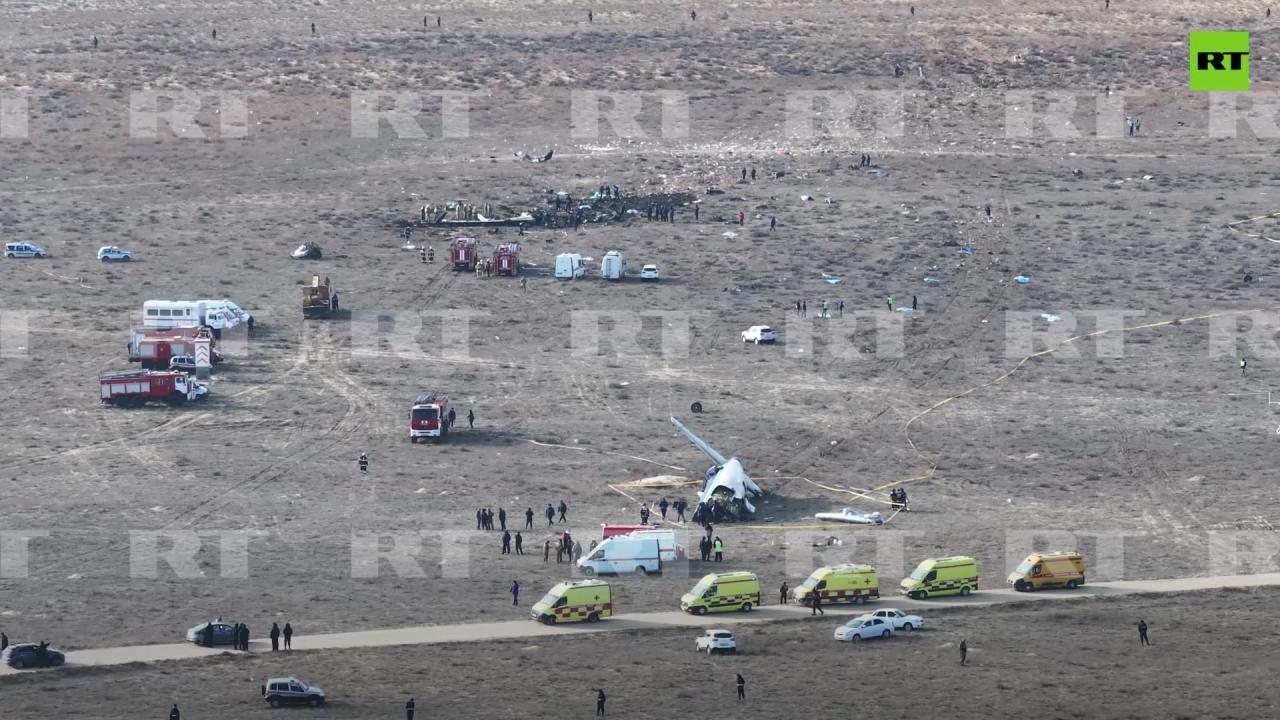
Several high-profile drone crashes have highlighted the potential risks associated with this technology. For example, a drone crash into a power line could cause a widespread power outage, affecting a large number of people. Similarly, a drone colliding with an aircraft could have catastrophic consequences. These incidents underscore the need for stringent safety regulations and responsible operation.
Economic Impact on the Drone Industry
Drone crashes can negatively impact the drone industry’s economic growth. Negative publicity surrounding accidents can damage public trust and hinder the adoption of drone technology. Moreover, the costs associated with accident investigations, insurance claims, and legal battles can place a significant financial burden on drone manufacturers and operators.
Drone Crash Investigation
Investigating drone crashes involves a systematic process aimed at determining the cause and contributing factors. This process draws on various techniques and data analysis to reconstruct the events leading to the incident.
The Drone Crash Investigation Process
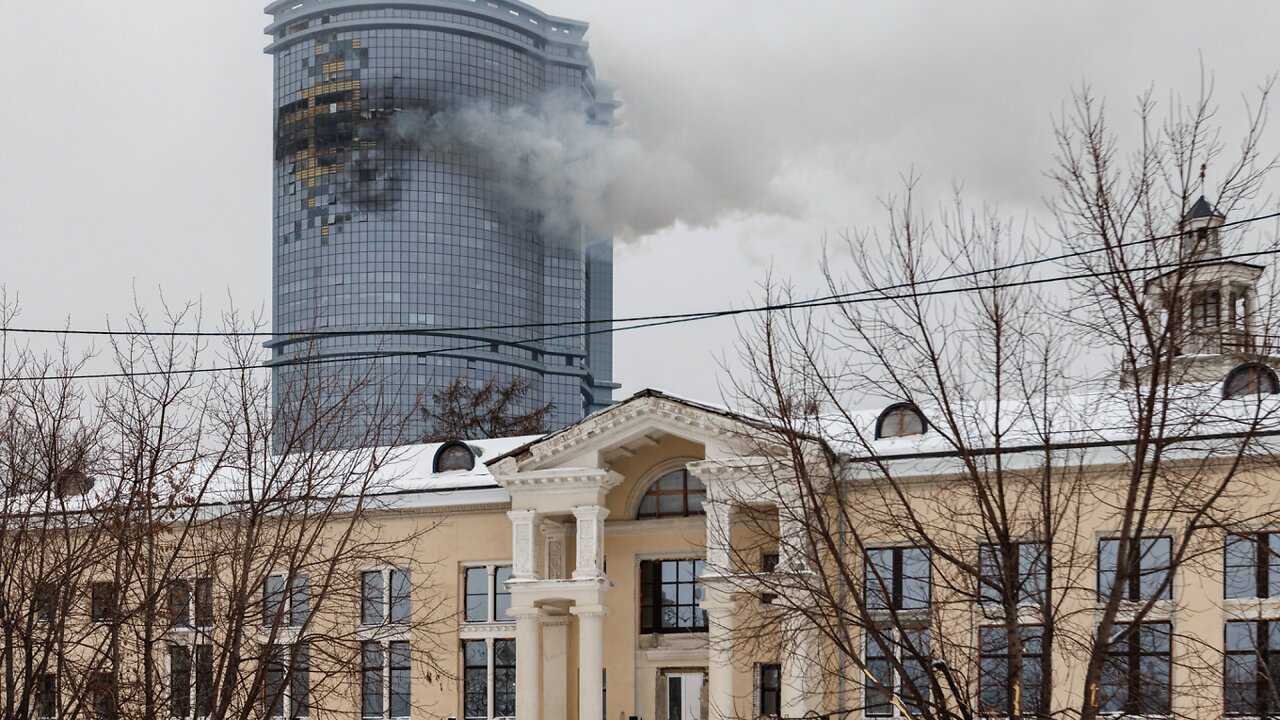
A typical drone crash investigation begins with securing the crash site and collecting evidence, such as the damaged drone, witness statements, and any available flight data. Investigators then analyze this evidence to determine the sequence of events, identify potential causes, and assess the contributing factors. This analysis may involve examining the drone’s hardware and software, reviewing flight logs, and conducting simulations.
Key Data Points in Crash Investigation
Key data points collected during a drone crash investigation include flight logs (recording altitude, speed, GPS coordinates, and other flight parameters), sensor data (from cameras, IMUs, and other sensors), witness statements, photographs and videos of the crash site, and the condition of the drone itself. The thoroughness of data collection is crucial for a comprehensive understanding of the incident.
Analyzing Flight Data Recorders
Many modern drones are equipped with flight data recorders that store detailed information about the drone’s flight. Analyzing this data can reveal critical details about the drone’s behavior leading up to the crash, such as sudden changes in altitude, speed, or direction. This analysis often requires specialized software and expertise.
Techniques for Crash Reconstruction
Various techniques are used to reconstruct the events leading to a drone crash. These techniques can include computer simulations, physical modeling, and expert witness testimony. By combining different approaches, investigators can build a comprehensive picture of the accident and pinpoint the cause.
Flowchart of a Drone Crash Investigation
A flowchart depicting the steps involved in a typical drone crash investigation would start with the initial report of the accident, followed by securing the scene and collecting evidence. Next would be the analysis of the collected data, followed by the formulation of conclusions and recommendations to prevent future accidents. Finally, a report summarizing the findings would be prepared.
Technological Advancements in Crash Mitigation
Ongoing technological advancements are significantly improving drone safety and reducing the likelihood of crashes. These improvements focus on enhancing autonomy, resilience, and redundancy.
Drone crashes can be a bummer, especially if it’s a new one. To avoid that heartbreak, maybe consider getting a replacement or a new drone altogether! Check out the awesome deals on drones at this drone boxing day sale before your next flight. Proper maintenance and careful flying will help prevent future drone crashes, of course.
Autonomous Emergency Landing Systems
Autonomous emergency landing systems (AELS) are being developed to allow drones to automatically land safely in the event of a critical malfunction or loss of control. These systems use sensors and algorithms to identify safe landing zones and execute a controlled descent. AELS significantly reduce the risk of damage or injury in the event of a system failure.
Sensors and AI for Improved Safety
The integration of advanced sensors, such as lidar, radar, and cameras, coupled with artificial intelligence (AI), enhances a drone’s ability to perceive its environment and avoid obstacles. AI algorithms can process sensor data in real-time, enabling the drone to make rapid decisions to prevent collisions and maintain stability.
Redundancy Systems for Enhanced Reliability
Redundancy systems incorporate backup components for critical functions, such as motors, flight controllers, and power systems. If one component fails, the backup system takes over, ensuring continued operation and preventing crashes. This approach significantly enhances the drone’s resilience to failures.
Improving Drone Resilience to Environmental Factors
Several approaches are being developed to improve drone resilience to adverse environmental conditions. These include designing drones with improved aerodynamic stability, incorporating weather sensors for real-time environmental monitoring, and developing control algorithms that compensate for wind gusts and other disturbances.
Future Technologies for Reducing Drone Crashes
- Advanced AI-powered obstacle avoidance
- Improved sensor fusion and data processing
- Self-healing materials for drone components
- Enhanced communication systems for reliable control
- Predictive maintenance using machine learning
Illustrative Examples of Drone Crashes
Real-world examples illustrate the diverse causes and consequences of drone crashes, emphasizing the importance of safety precautions and responsible operation.
Drone Crash Involving a Bird Collision
Imagine a DJI Mavic 2 Pro, equipped with obstacle avoidance sensors, flying near a wooded area. During its flight, the drone collides with a large bird, resulting in damage to one of its propellers. The impact disrupts the drone’s stability, causing it to lose altitude rapidly. Despite the obstacle avoidance system’s attempt to react, the suddenness of the collision overwhelmed the system’s capabilities.
The drone crashes into a nearby field, suffering significant damage to its body and camera. The bird, unfortunately, was killed in the impact. This highlights the limitations of current obstacle avoidance technology, especially when faced with unpredictable events like bird strikes.
Drone Crash Caused by Sudden Signal Loss
Consider a Parrot Anafi drone being operated in a mountainous region with significant radio interference. During the flight, the pilot experiences a sudden and complete loss of signal, rendering the drone uncontrollable. The drone, operating on a relatively weak signal due to distance and interference, was unable to maintain communication with the controller. The lack of a robust return-to-home function and the challenging terrain resulted in the drone crashing into a rocky outcrop, causing irreparable damage.
This underscores the importance of selecting appropriate drones for challenging environments and ensuring reliable signal strength throughout the flight.
Drone Crash Due to Pilot Error
A relatively inexperienced pilot, operating a Hubsan Zino Pro, attempts a complex maneuver beyond their skill level. During a high-speed turn, the pilot loses control of the drone, resulting in a rapid descent and collision with the ground. The pilot, lacking sufficient training in advanced flight techniques, was unable to recover from the loss of control. The drone suffers significant damage, highlighting the importance of adequate training and experience before attempting challenging maneuvers.
The environment, an open field, minimized the potential for damage beyond the drone itself.
Final Summary
Ultimately, preventing drone crashes requires a multi-pronged approach. Strict adherence to safety regulations, thorough pre-flight checks, continuous technological innovation, and responsible pilot behavior are all essential components. While drone technology continues to evolve, fostering a culture of safety and awareness remains paramount. By learning from past incidents and embracing proactive safety measures, we can pave the way for a safer future in the exciting world of drone technology.
Drone crashes can be a real bummer, especially when you’re trying to get that perfect aerial shot. Sometimes, after a crash, you might need a distraction, like searching for some really long words—maybe check out this list of 14 letter words starting with ai to clear your head. Then, once you’ve had a mental break, you can get back to troubleshooting that drone and figuring out what went wrong.
FAQ Insights
What is the average cost of repairing a crashed drone?
Repair costs vary wildly depending on the drone’s model, the extent of the damage, and the availability of parts. Minor repairs might cost a few hundred dollars, while major damage could easily exceed the drone’s original purchase price.
Is drone insurance mandatory?
Drone insurance requirements differ by country and even by region within a country. Some areas mandate insurance for commercial drone operations, while others may only recommend it. Check your local regulations.
What should I do immediately after a drone crash?
Prioritize safety: Secure the area, check for injuries, and contact emergency services if needed. Then, document the scene with photos and videos, and report the incident to the relevant authorities.
Can I recover data from a crashed drone?
Potentially, yes. The possibility depends on the extent of the damage to the drone’s data storage and the type of data storage used. Data recovery specialists might be able to retrieve some information.
